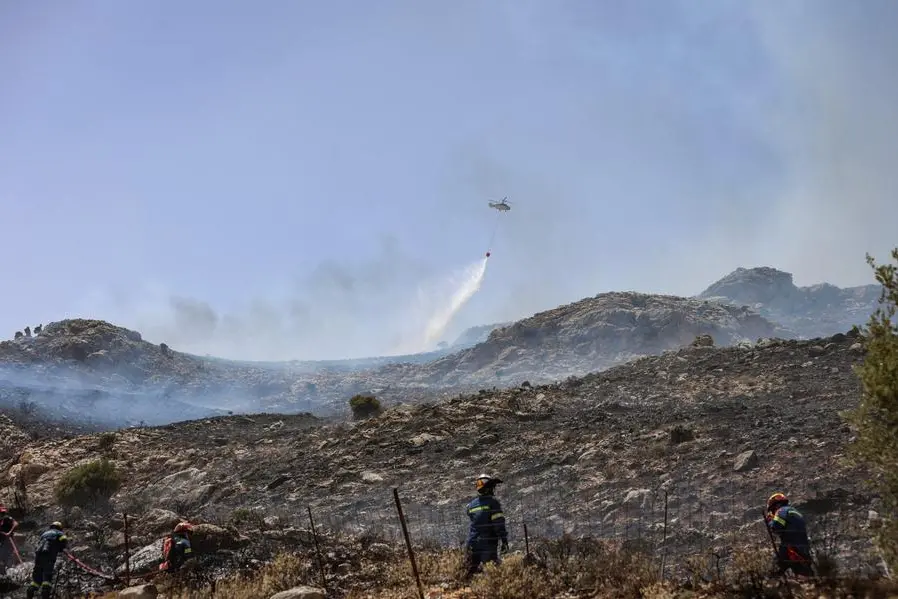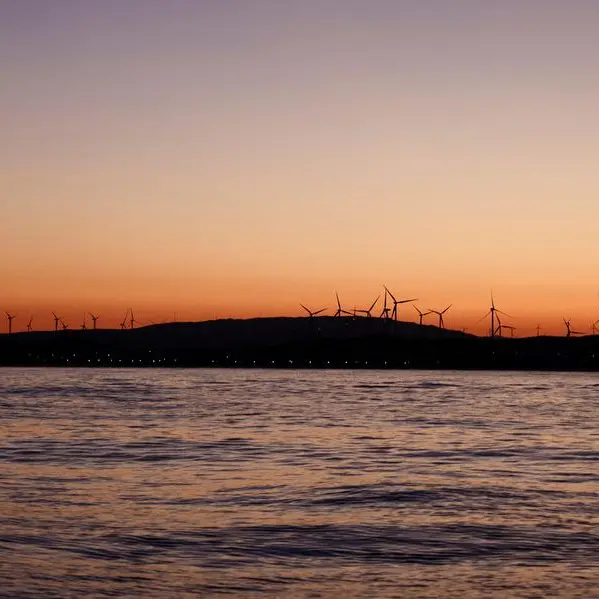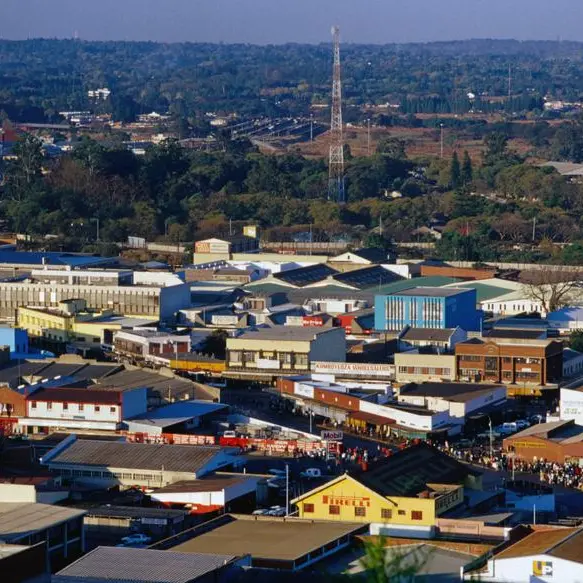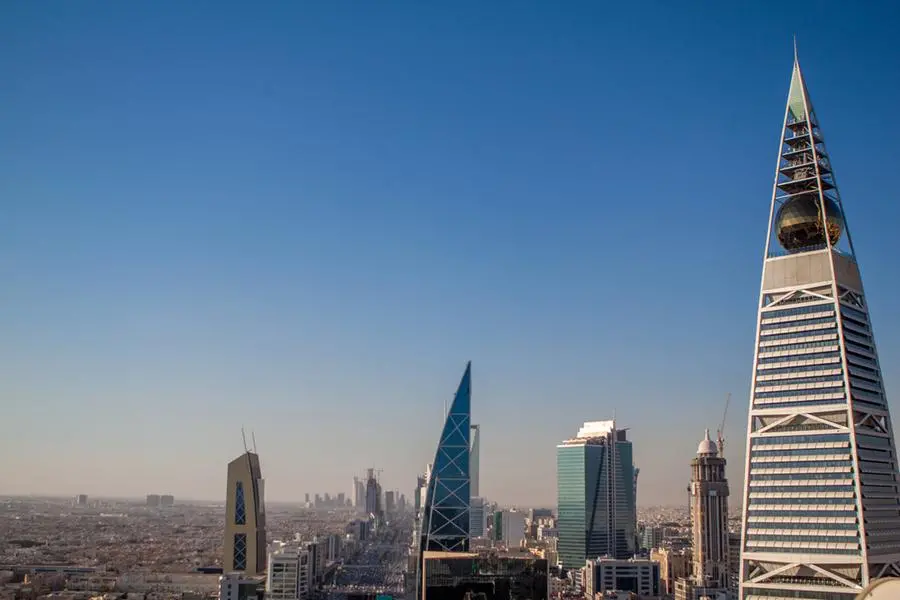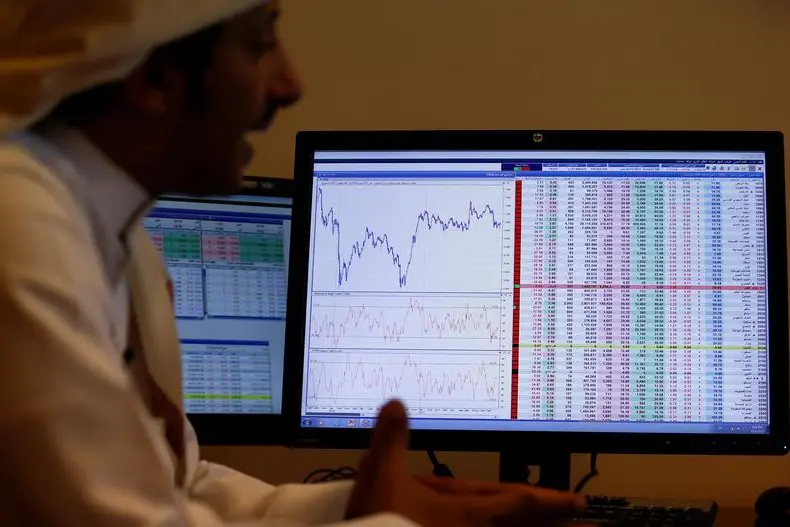PHOTO
An helicopter sprays water during a wild fire that broke out near the village of Akoumia in the southern Greek island of Crete on June 26, 2024. (Photo by Costas Metaxakis / AFP)
Wildfires ravaging the Arctic Circle, predominately in Russia, have released the third highest level of carbon emissions for the month of June in two decades, the EU's climate monitor said on Thursday.
The fires follow an unusually warm and dry May, conditions that are being exacerbated by human-caused climate change, the European Union's Copernicus Atmosphere Monitoring Service (CAMS) said.
A total of 6.8 megatonnes of carbon emissions had been released by June 26 -- the highest for that month following the 16.3 megatonnes recorded in June 2020 and 13.8 megatonnes in 2019, it said.
Russia's Siberian Sakha republic has seen the worst of the flames. It declared a state of emergency on June 11, when the fires first ignited, Copernicus said.
"The Arctic is ground zero for climate change and the increasing Siberian wildfires are a clear warning sign that this essential system is approaching dangerous climate tipping points," said Gail Whiteman, professor at the UK's University of Exeter and founder of the Arctic Basecamp expert group.
"What happens in the Arctic doesn't stay there. Arctic change amplifies risks globally for all of us," she added.
Wildfires emit planet-heating greenhouse gases including carbon dioxide (CO2), destroy natural carbon sinks and reduce air quality.
The smoke emitted by the flames can also settle on ice. That reducing the ice's ability to reflect solar radiation, meaning both it and the land or sea below it absorb more heat.
